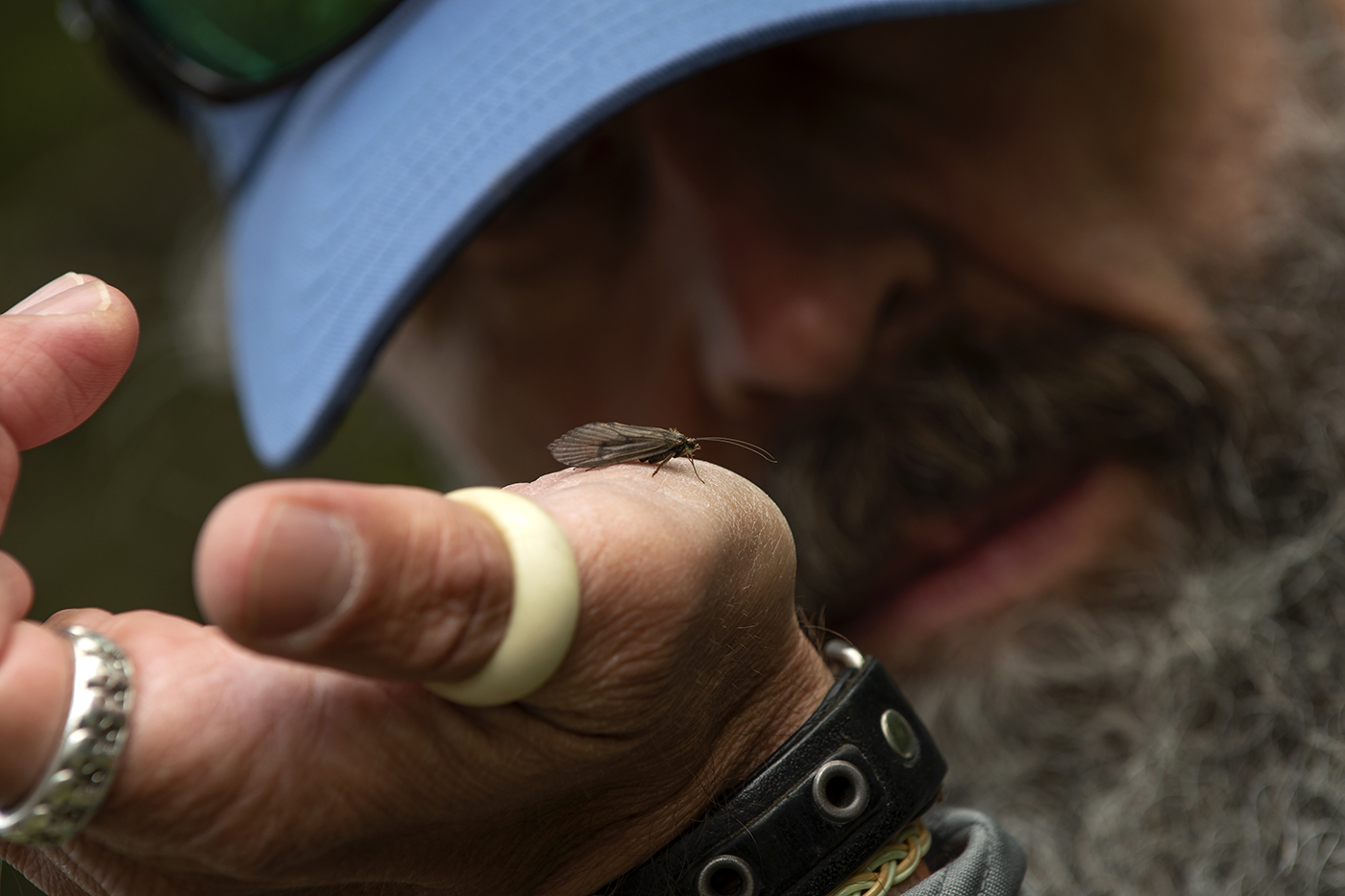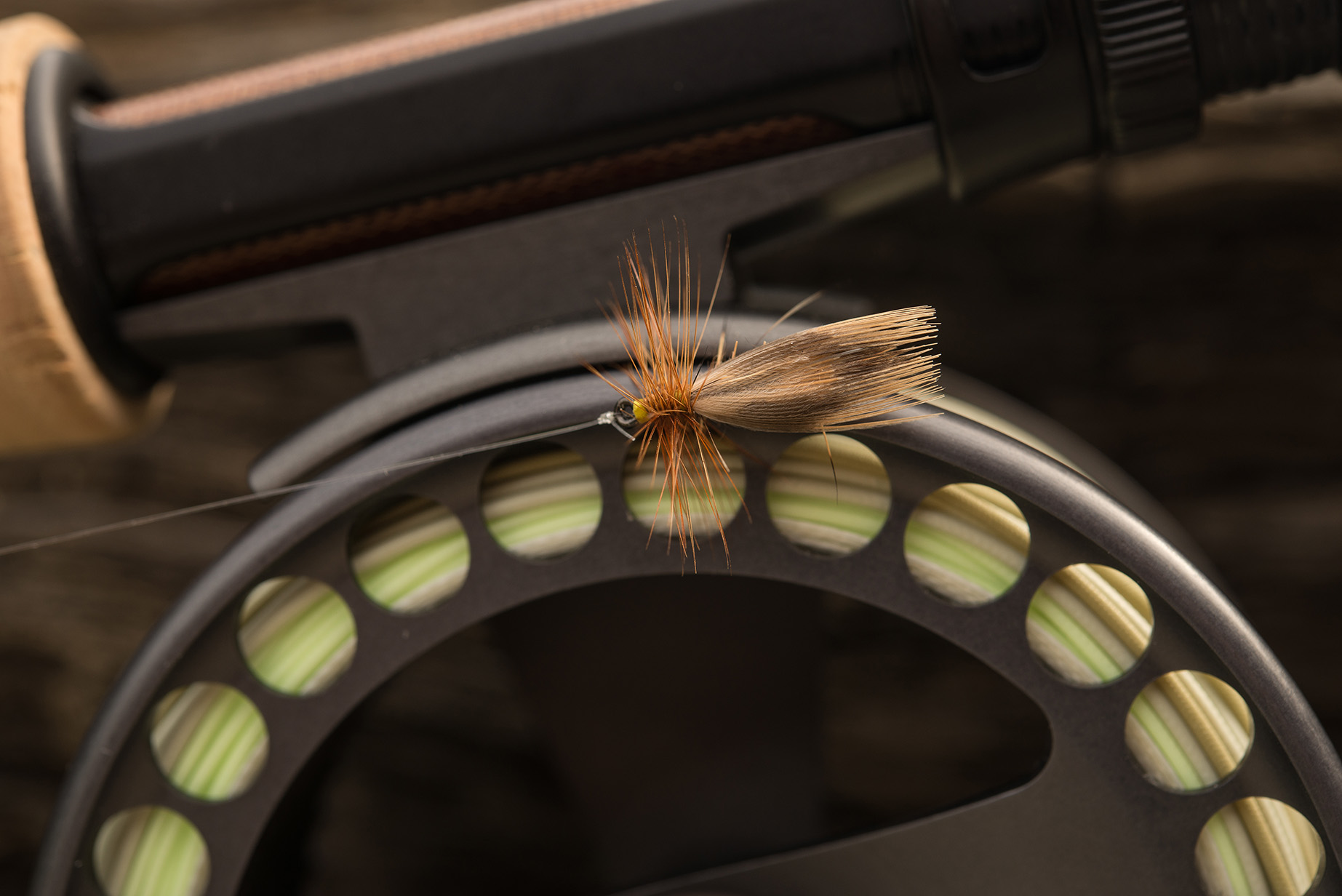
The sight of a beautiful trout or grayling rising majestically to the surface inhaling an insect is the highlight of many flyfishers dream – the sight that drives us off to the water again and again.
Continue reading “Caddisflies”
The sight of a beautiful trout or grayling rising majestically to the surface inhaling an insect is the highlight of many flyfishers dream – the sight that drives us off to the water again and again.
Continue reading “Caddisflies”
Many flyfishers are looking for the time when the big mayflies, E. Danica and E. vulgata, start to hatch in late spring and early summer. The image of a big newly hatched mayfly dun swirling down the stream or standing on the surface of a small lake, is for many of us the true picture of what flyfishing is all about. And it is great fun to see, when also the biggest fish lower their guard and start chasing those big flies. But in Stillwater, there as time that are even more fun to experience and that’s when the big Caddis flies begin to show, running the surface to safer ground.
Continue reading “Phryganea Grandis”
The dry fly season coming to an end. But it’s certainly not over and the fishing can still be quite good. There are still insects on the surface – some that come from below and even some that come from above. An important food item for trout and grayling during the fall is sedges – or caddis.
Continue reading “End of the dry fly season”
Two words for the same insect – an insect that is quite important to the trout- and grayling fisherman. In fact probably even more important than the mayflies since there are so many more species of caddis than there are mayflies. Like the mayflies they are important both as nymphs, emergers and adults and imitations are plentyful.

The Europea 12 is a simple, beautiful dry imitation of a sedge or caddis. Originally it’s a French pattern, attributed to André Ragot – according to the Danish author Preben Torp Jacobsen. I’ve not been able to find out how old the pattern is, but Preben Torb Jacobsen has published it in 1976, so it’s older than that. Something tells me it’s from the 1960s, but that’s nothing but a hunch.
A typical scenario when fishing for trout, rainbow trout or grayling in winter and early spring is that the water is cold… and there is a lot of it: Not least during periods of rain or meltwater runoffs. In those situations river fish hug the bottom or any structure, that provides shelter from the current. In lakes, they tend to go deep as well, partly because that’s where most of the food is concentrated during winter. Continue reading “Imitating a case building caddis larvae”